Fretboard buzzes or the Spanish expression "Trasteo" are used to call the noises that the frets make when they are not well placed in the guitar. Then the sound is not clear at all but unsatisfactory although you try to press well. Sometimes even the sound is identical to the following fret so the note doesn't change.
This happens because the frets (the little pieces of metal that separates one note from the other) are not placed at the same height as they should be.
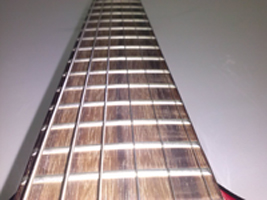
A homemade solution for classical or acoustic guitars is untied the strings so you can take out the white piece in the bridge (in the body of the guitar under the strings where they are tied). Its not glued, it comes out by itself. Then replace it by a taller one. That could reduce those bad noises, but has the inconvenience that it would be harder to play in that guitar. Types of guitars that exist.
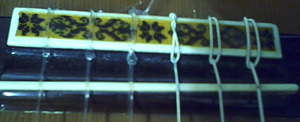
You can also file down with a piece of sandpaper (for wood) the bottom of the new piece so its not too high but enough so it doesn't make those noises. For check, just try all the frets one by one.
In the electric guitars you do that by rising the little "stands" that each string has in the bridge (in the body of the guitar) with an alien key that uses to be given when you buy the guitar. each of those "stands" has two little screws that need to be at the same height.
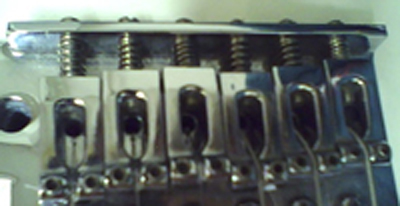
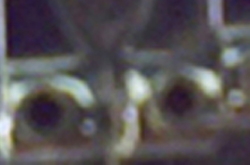
Another solution is file down the frets that seem to be higher with a very fine sandpaper for metal. This is in fact very risky because once that you have done this you can not change it anymore, you cannot go back because the material that come out with the sandpaper is not there anymore and you can not put it back. That's why is better to go to a professional luthier to fix the frets of your guitar. If you are in Madrid (Spain) Miguel Angel González Aguado offers a repair service of guitars of all kinds. You may also visit the new second hand instrument market of his students.
Some ways to straighten the neck of the guitarIf the neck is bent your guitar can also make those noises. It's important to keep your guitar in a place that has not damp because the neck of the guitar could bend. If that happen sometimes you can fix it taking out all the strings of the guitar and keep it in a dry place for some time. You can even hang the guitar on the wall with a wall holder.
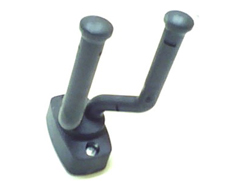
If your guitar weights (for example electric guitars are solid) is more probable that with its own weight and because of the law of gravity some little deviations of the neck could be corrected after some time.
However electric, acoustic, bass and some classical guitars have a thin rod inside the neck of the guitar that works as nerve that crosses all the neck and it's useful to straighten the neck in case it bends. It's regulated from one of the extremes: from the peg box in electric and bass guitars (sometimes you have to unscrew a small plastic thing) or from inside the body's hole in acoustic guitars and a few classical guitars that have it. In all cases you must use an alien key that is included when you buy the guitar but if you don't know how to do this, it's better let a professional to do it.
More tipsIt's not good either to keep your guitar in a dry place or next to a heater because it could dry too much. Both excesses dryness and humidity damage the guitar's wood.
In the construction of a guitar the joining of the neck and the body of the guitar it's one of the most delicate points, it involves avoiding leaving like a "step" in the freetboard just in that join otherwise the frets that are right after that join, like the 12th, 13th and 14th in the classical guitar and the 14th, 15th and 16th in the acoustic will make noises. When this happens you can see that the freetboard is not straight but you can appreciate right in the place where the neck goes inside the body that the freetboard rises a little bit, like a millimeter for example.
If the neck is bent your guitar may be out of tune and you may need to know how to tune your guitar. If your guitar is too old and useless you can find in this website some basic tips that may be useful if you are thinking on buying a new one.
More recommendationsThere is a new didactic page in this site about tonality. In this website you can have all the information about Miguel Angel González Aguado like for example his 30 years long history of concerts, the guitar lessons that he offers in Madrid and online from any part of the World, his academic degrees from Conservatoire and University and the places where you can buy his records.